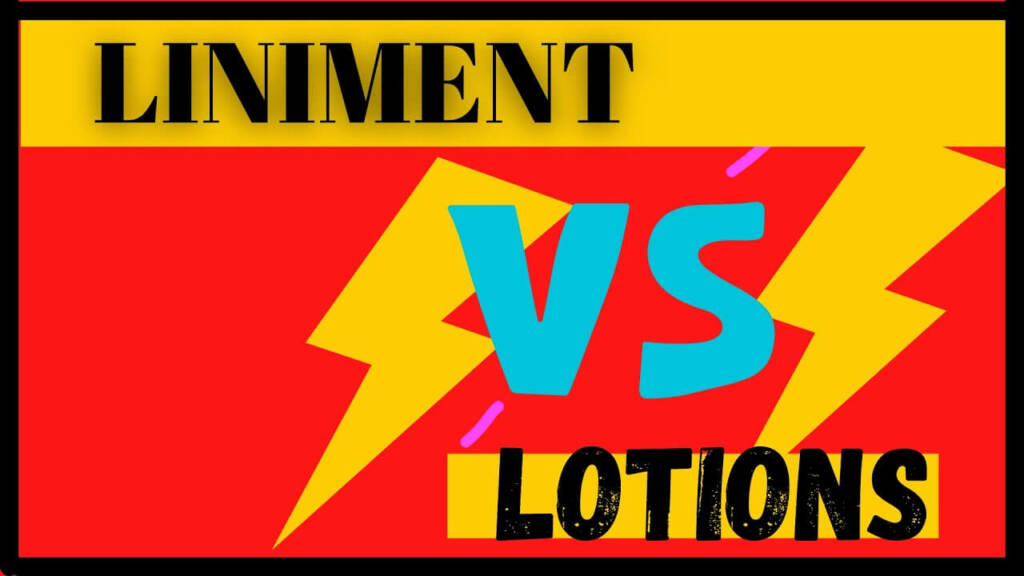The Difference Between Liniment and Lotion: Decoding Skincare
Explore the subtle difference between lotion and liniment as we unravel the secrets of skincare. Explore the distinctive formulas that set these two indispensable skincare products apart.
Difference Between Liniment and Lotion
Lotions and liniments might look alike, but they have unique qualities that differentiate them. It is crucial to comprehend these variations in order to select the appropriate product for a variety of uses. Ten difference exist between liniment and lotion.
Composition:
Liniment: Helps the product absorb quickly into the skin by having a higher percentage of alcohol or oil-based ingredients.
Lotion: Mostly composed of water, it has a lighter consistency that makes application easier.
Purpose:
Liniment: Frequently made with therapeutic intent, such as easing muscle soreness and enhancing blood flow.
Lotion: Used primarily for skin moisturization, with less emphasis on its therapeutic qualities and a smoother texture.
Texture:
Liniment: Because it contains oils, it often has a thicker and occasionally greasier texture.
Lotion: Spreads more easily over the skin because of its lighter, more liquid consistency.
Absorption Rate:
Liniment: Quickly absorbs into the skin, providing quicker pain or discomfort relief.
Lotion: Has a longer-lasting moisturizing effect due to its moderate rate of absorption.
Application Method:
Liniment: Usually rubbed into the afflicted area to increase the therapeutic effects.
Lotion: Less work than liniments, as it is applied to the skin by simply rubbing it in.
Fragrance:
Liniment: Because it contains active ingredients like camphor or menthol, it may smell more strongly of medicine.
Lotion: Usually made for cosmetic appeal, lotions have a softer, more pleasant scent.
Therapeutic Ingredients:
Liniment: Composed of substances with well-known medicinal qualities, such as essential oils, menthol, or camphor.
Lotion: Concentrates more on moisturizing ingredients like hyaluronic acid, glycerin, and aloe vera.
Packaging:
Liniment: Due to its concentrated nature, it is frequently packaged in tiny bottles or containers.
Lotion: Usually sold in bigger bottles or pump dispensers for easy on-the-go application.
Target Users:
Liniment: Mainly sold to people who are looking for relief from arthritis, aches in the muscles, or other related conditions.
Lotion: Designed for people who want to regularly hydrate and maintain their skin.
Also Read: Who Is the Current Defence Minister of India: Answer
After-feel:
Liniment: Adds to the therapeutic feel of the product by leaving a warming or cooling feeling on the skin after application.
Lotion: Highlights the skin’s moisturizing properties by leaving it feeling softer and smoother.
Although both liniments and lotions aid in skin care, each is better suited for particular requirements due to their unique ingredients and functions. Knowing difference between liniment and lotion enables you to make well-informed decisions regarding your personal care regimen, regardless of whether your goal is to achieve daily skin hydration or alleviate muscle pain.
